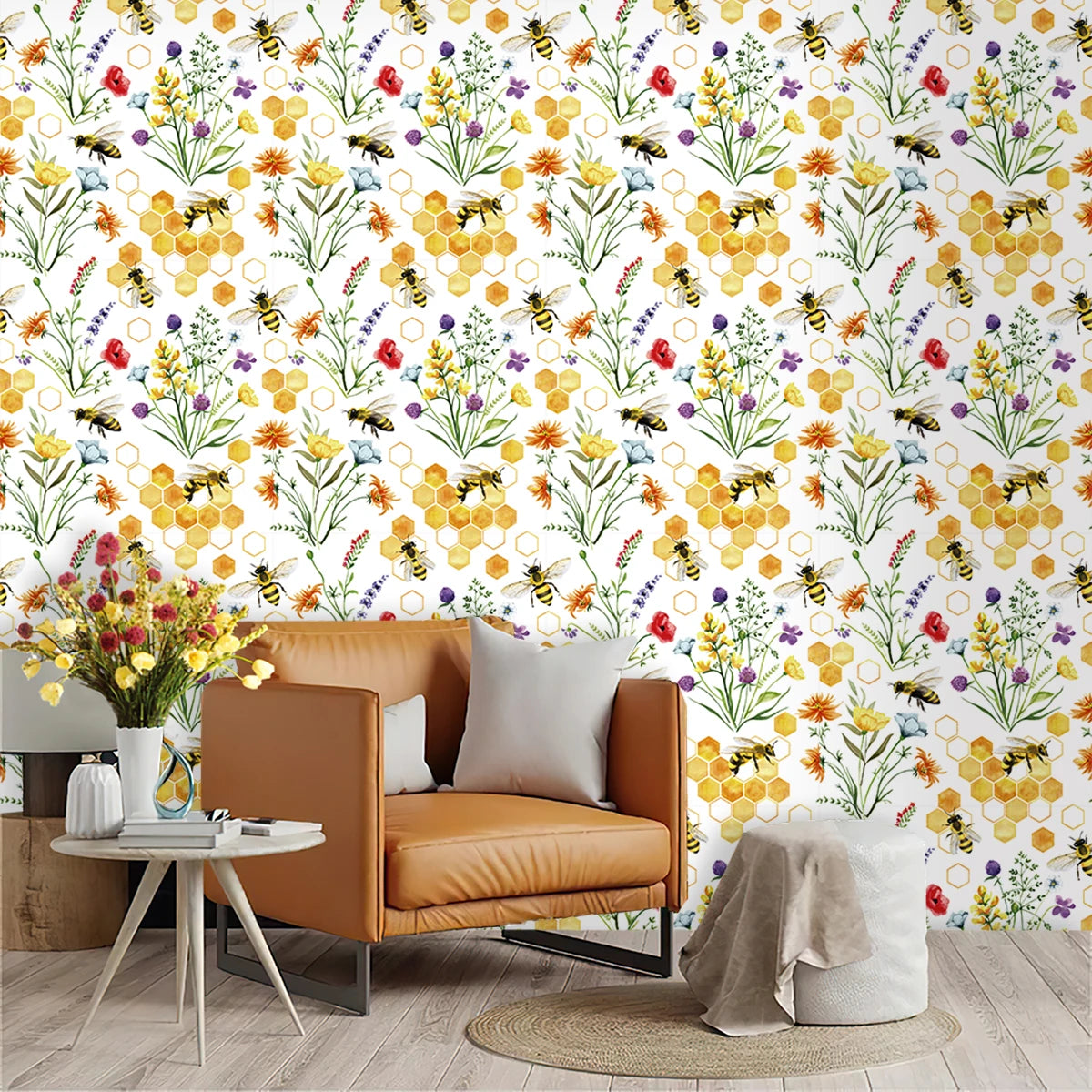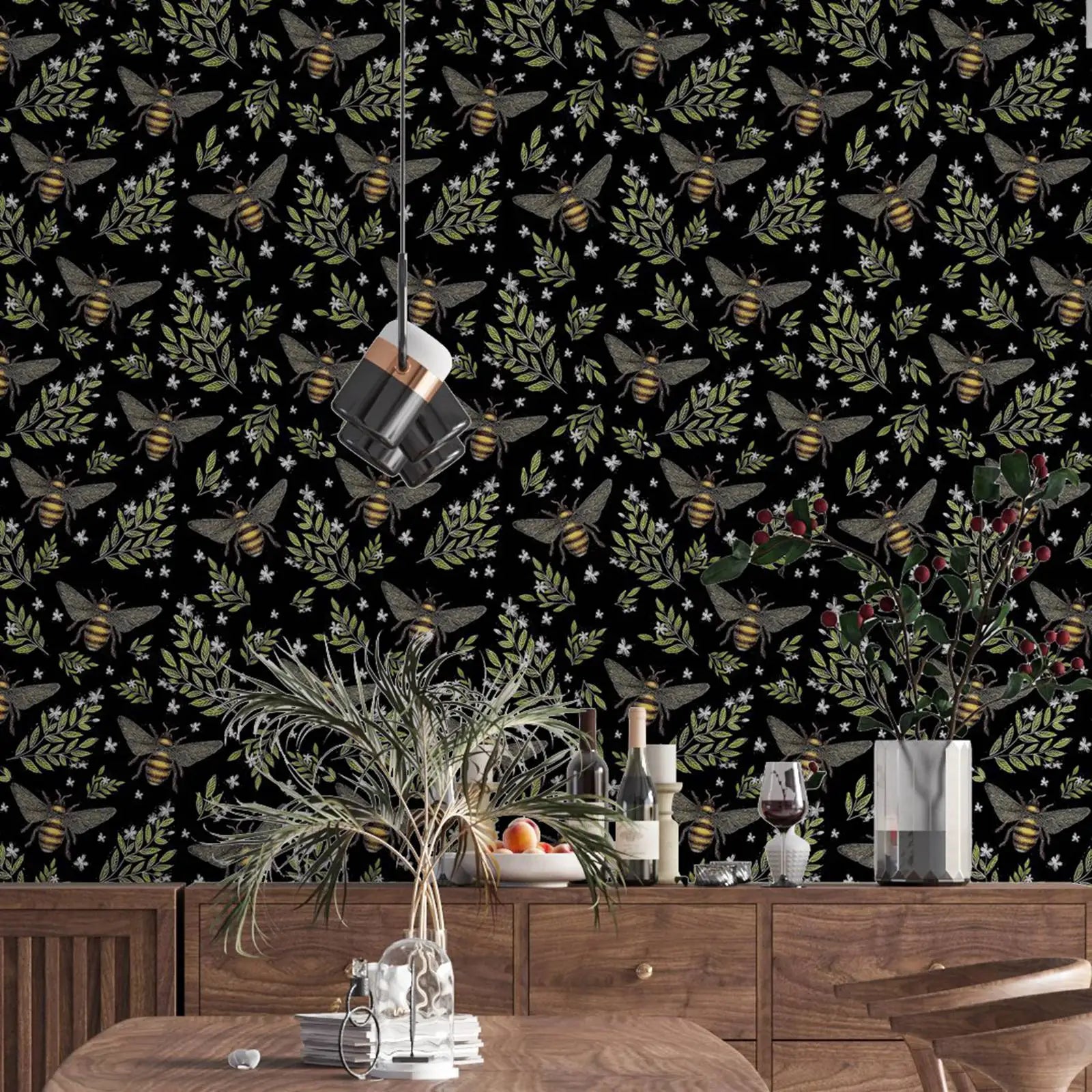Can i Paint Over Wall Paper
Can I Paint Over Wallpaper? A Guide to Removing or Painting Over Wallpaper
Benefits of Painting Over Wallpaper
Painting over wallpaper can be a convenient solution if you want to update the look of a room without the hassle of removing the wallpaper entirely. It can save you time, effort, and even money. By choosing the right paint and following the correct techniques, you can achieve a fresh, new look without the need for extensive wallpaper removal.
One of the key advantages of painting over wallpaper is that it can provide a smooth and even surface for your paint. Some wallpapers have a textured or embossed finish, which can create a unique look when painted over. Additionally, painting over wallpaper can help to hide any imperfections or blemishes that may exist on the walls.
Preparation for Painting Over Wallpaper
Before you start painting over wallpaper, it's important to prepare the surface properly to ensure a successful outcome. The first step is to clean the wallpaper thoroughly using a mild detergent and warm water. This will help to remove any dirt, grease, or stains that may be present on the wallpaper.
Next, inspect the wallpaper for any loose edges or damaged areas. If you find any, use a wallpaper adhesive to secure them back in place. It's also a good idea to sand the wallpaper lightly to create a smoother surface and improve paint adhesion. After sanding, wipe away any dust with a damp cloth and allow the wallpaper to dry completely.
Once the wallpaper is clean and dry, apply a coat of primer specifically designed for use on wallpaper. This will help to seal the wallpaper and create a smooth base for the paint. Allow the primer to dry according to the manufacturer's instructions before proceeding with the painting process.
Tips for Painting Over Wallpaper
When painting over wallpaper, it's important to choose the right type of paint. Acrylic latex paint is a popular choice for this application because it provides good coverage and durability. Satin or semi-gloss finishes are recommended for their washability and resistance to moisture.
Before starting the painting process, be sure to protect the surrounding areas with drop cloths or painter's tape. This will prevent paint splatters or drips from damaging furniture, flooring, or other surfaces. It's also a good idea to remove any outlet covers or switch plates to ensure a neat and professional-looking finish.
When applying the paint, use a roller or brush in a smooth and even motion. Work in small sections, allowing each coat to dry completely before applying the next. Depending on the color and type of wallpaper, you may need to apply multiple coats of paint to achieve the desired coverage.
Removing Wallpaper
If you decide that painting over wallpaper is not the right option for you, it is possible to remove the wallpaper entirely. While it can be a time-consuming and labor-intensive process, it can also provide a blank canvas for your new paint job.
Before starting the wallpaper removal process, gather the necessary tools and supplies. These may include a wallpaper scorer, wallpaper removal solution, a putty knife or scraper, a spray bottle or sponge, and a drop cloth or plastic sheeting to protect the area.
Step-by-Step Wallpaper Removal Process
1. Start by scoring the wallpaper with a wallpaper scorer. This will create small perforations in the wallpaper, allowing the removal solution to penetrate and loosen the adhesive.
2. Apply the wallpaper removal solution according to the manufacturer's instructions. This solution will help to dissolve the wallpaper adhesive and make it easier to remove.
3. Allow the removal solution to soak into the wallpaper for the recommended amount of time. This will vary depending on the product used and the type of wallpaper.
4. Once the wallpaper has been adequately soaked, use a putty knife or scraper to gently lift the wallpaper from the wall. Start at a corner or seam and work your way across the surface, taking care not to damage the underlying wall.
5. If any stubborn or remaining wallpaper residue remains on the wall, use a sponge or spray bottle with warm water to moisten the area. This will help to loosen the residue, allowing for easier removal.
6. Continue to remove the wallpaper and clean the wall until all traces of the wallpaper and adhesive have been removed. Be sure to allow the wall to dry completely before proceeding with any new paint or finishing.
Conclusion
Whether you choose to paint over wallpaper or remove it entirely, both options can provide a fresh and updated look for your space. Painting over wallpaper can be a convenient and cost-effective solution, saving you time and effort. However, if you prefer a completely smooth surface or want to change the look of the room entirely, removing the wallpaper may be the best choice. Whichever option you choose, proper preparation and attention to detail will help you achieve a successful outcome.







